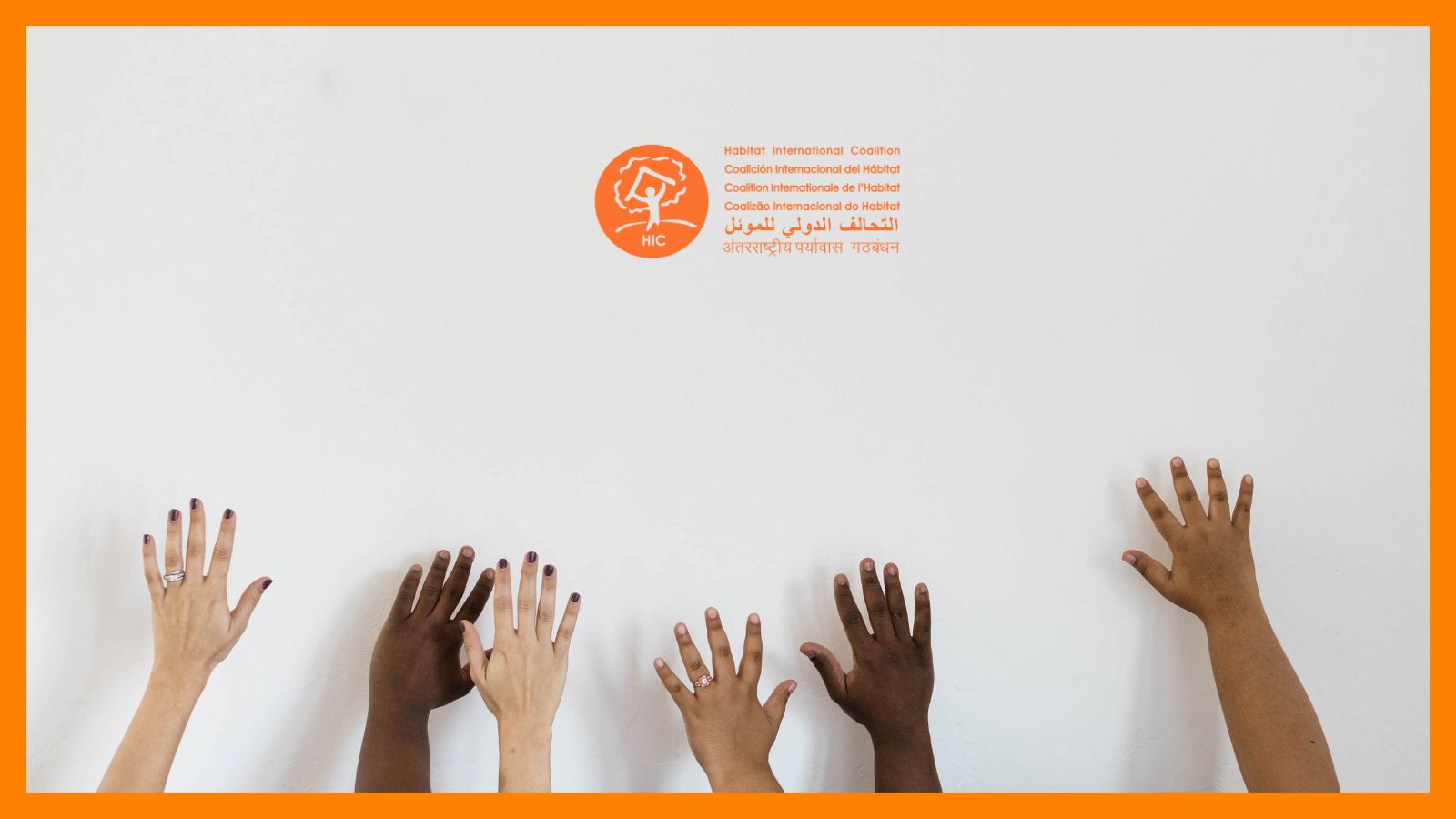The global number of refugees and others of concern to the U.N. refugee agency fell by 18 percent to 17.1 million in 2003, the lowest total in at least a decade, according to new annual statistics released Thursday by UNHCR.
Unveiling his office’s latest global figures on the eve of World Refugee Day (June 20), U.N. High Commissioner for Refugees Ruud Lubbers attributed the sharp decline to several factors, including increased international efforts to find solutions for millions of uprooted people and ongoing work by UNHCR and its partners to resolve “protracted” refugee situations that have gone on for years or even decades.
Lubbers said the statistics dramatically highlight the theme of this year’s World Refugee Day – “A Place to Call Home” – and offer tangible evidence of some of the successes of UNHCR and its partners in 120 countries.
“We have seen the global number of people of concern to UNHCR drop from 21.8 million when I first took office at the start of 2001, to 17.1 million at the beginning of this year – an overall decline of nearly 22 percent,” said Lubbers. “The statistics are very encouraging, especially for the nearly 5 million people who over the past few years have been able to either go home or to find a new place to rebuild their lives. For them, these dry statistics reflect a special reality; the end of long years in exile and the start of a new life with renewed hope for the future.”
According to provisional figures compiled by UNHCR’s Population Data Unit, the total population of concern to UNHCR at the end of 2003 was 17.1 million, the lowest in at least a decade. The figure includes 9.7 million refugees; 1.1 million returned refugees; 4.2 million internally displaced people (IDPs); 233,000 returned IDPs; 995,000 asylum seekers; and 912,000 others, including stateless people.
By region, there were 5.4 million people of concern to UNHCR in Europe at the end of 2003, followed by 4 million in the so-called CASWANAME region (Central Asia, South-west Asia, North Africa, Middle East); 4 million in Africa; 2.3 million in the Americas and Caribbean; and 1.4 million in Asia and the Pacific.
The top five asylum countries in 2003 were Pakistan (1.1 million); Iran (985,000); Germany (960,000); Tanzania (650,000); and the United States (452,500). All five saw declines of between 2 and 25 percent in refugee numbers. Afghans remained the largest single refugee nationality, with at least 2.1 million in 74 asylum countries, followed by Sudanese (606,000) and Burundis (531,600). The Afghan figures do not include Afghan refugees or migrants living in urban areas in Pakistan, where a 2001 government survey – the latest data available – placed their number at 1.6 million. A recent registration in Iran showed 600,000 more Afghan refugees there than reported in 2003. Thus, estimates of Afghan refugees will be subject to revision this year in consultation with both governments.
The global refugee population of 9.7 million at the end of 2003 constitutes a net decrease of 920,000 – or 10 percent – over the previous year’s figure of 10.6 million refugees, according to the “2003 Global Refugee Trends” report. It was the second consecutive year in which the figure dropped sharply.
Refugee numbers fell during the year in all five of the world regions covered by UNHCR. The totals dropped by 13 percent in the CASWANAME region; 10 percent in Asia and the Pacific; 7.3 percent in Africa; and by 5 percent in both Europe and the Americas. In Africa, the numbers were up only in West Africa, by a mere 0.6 percent. Lubbers is currently overseeing a programme aimed at the eventual voluntary repatriation of more than 2 million refugees and millions of internally displaced in nine African nations.
UNHCR generally seeks one of three durable solutions for refugees. The vast majority go home through voluntary repatriation. When that is not possible, the agency seeks integration of refugees in countries of first asylum or resettlement to a third country.
Of the 1.1 million refugees who repatriated last year, 646,000 returned to Afghanistan; 133,000 to Angola; 82,000 to Burundi; 55,000 to Iraq; 33,000 to Sierra Leone; 23,000 to Rwanda; 21,000 to Liberia; 16,500 to Côte d’Ivoire and 14,000 to Bosnia & Herzegovina. In some cases, Iraq and Liberia for example, UNHCR is not yet promoting voluntary return but many people choose to go home anyway. Lubbers noted that there has been an unprecedented level of voluntary repatriation over the past two years, with some 3.5 million refugees going home, most of them Afghans from Pakistan and Iran.
“The phenomenal return of Afghans to their homeland over the past few years underscores the benefits of sustained international attention and support for the work of UNHCR and its partners in regions of origin,” the High Commissioner said. “The impact is felt as far away as Europe, where the numbers of Afghan asylum seekers have plunged. But the countries of return themselves also need continuing international support and investment throughout the entire process of repatriation, reintegration, rehabilitation and long-term reconstruction. Then we know refugees can go home and stay home, ensuring the sustainability of their return.”
Six countries produced at least 15,000 new refugees in 2003, including Sudan (112,000); Liberia (87,000); Central African Republic (33,000); Democratic Republic of the Congo (30,000); Côte d’Ivoire (22,000); and Somalia (15,000).
During 2003, some 807,000 claims for asylum or refugee status were submitted in 141 countries. Most asylum seekers came from the Russian Federation (38,900), China (37,100), Serbia and Montenegro (36,700), Democratic Republic of the Congo (35,800), Turkey (33,800), Iraq (32,100), Colombia (29,400), Afghanistan (22,400) and Nigeria (21,300). Some 150,000 asylum-seekers were granted refugee status, and another 40,000 were allowed to stay for humanitarian reasons.
In addition to refugees, returned refugees and asylum seekers, there were 5.3 million “others of concern” to UNHCR at the end of last year, 21 percent fewer than the previous year’s 6.8 million. The number of IDPs (4.2 million), for example, fell by 460,000 in 2003.
UNHCR’s global refugee figures do not include Palestinians who fall under the mandate of the UN Relief and Works Agency.
Source: UNHCR


